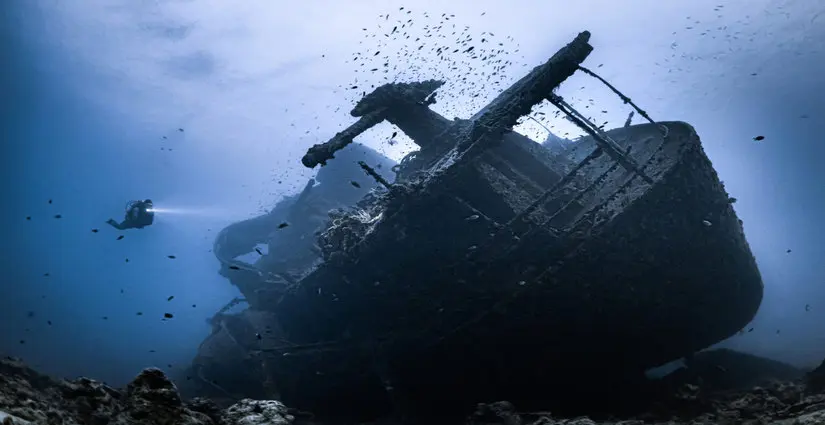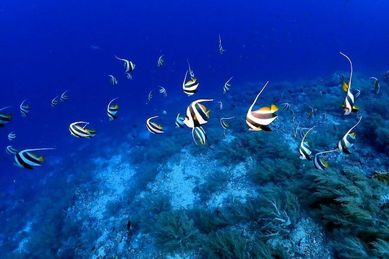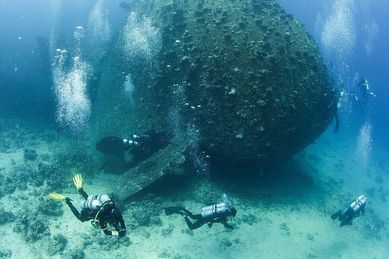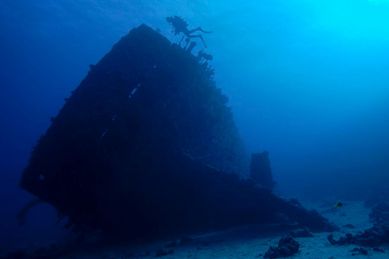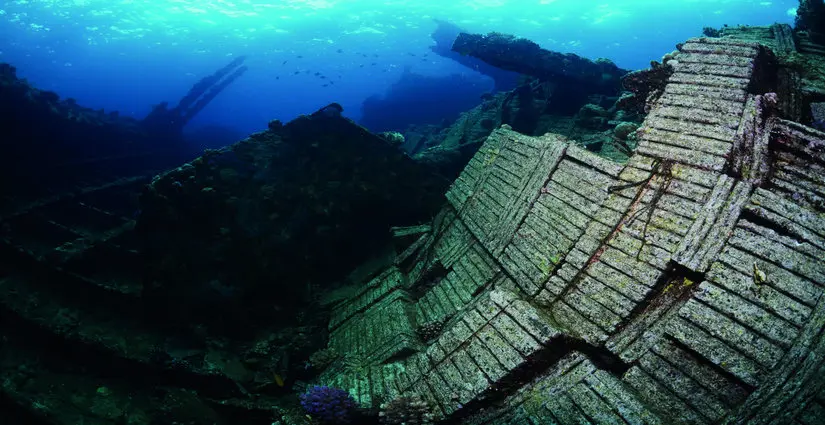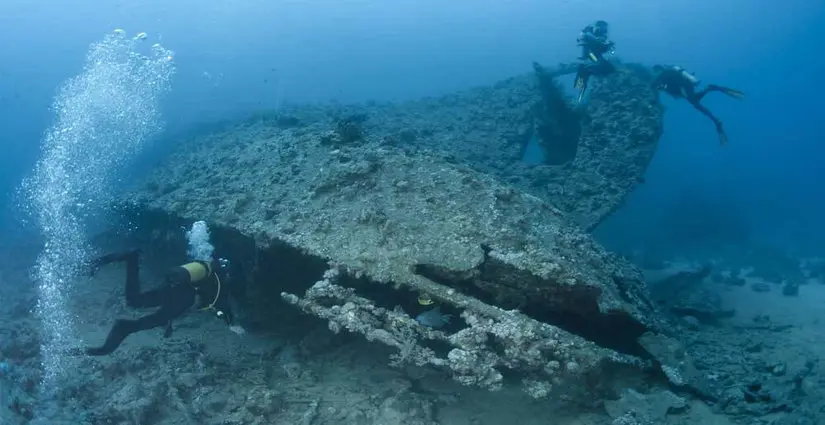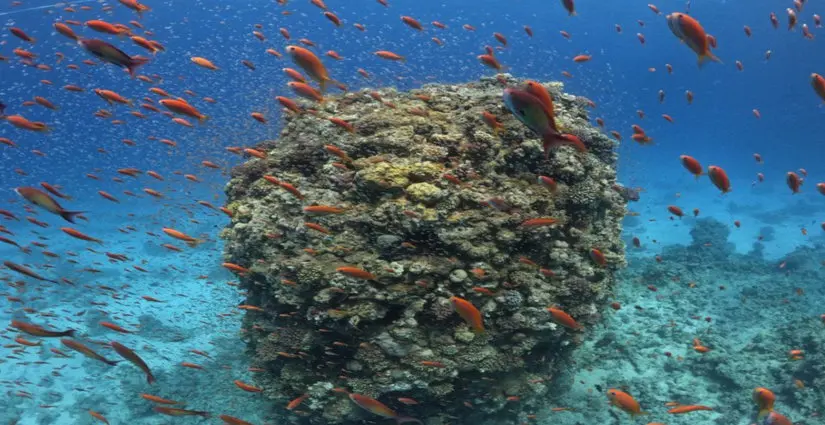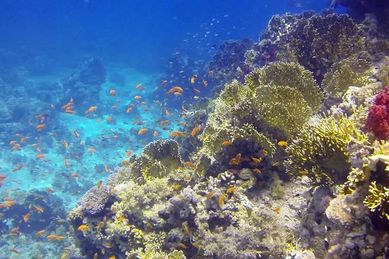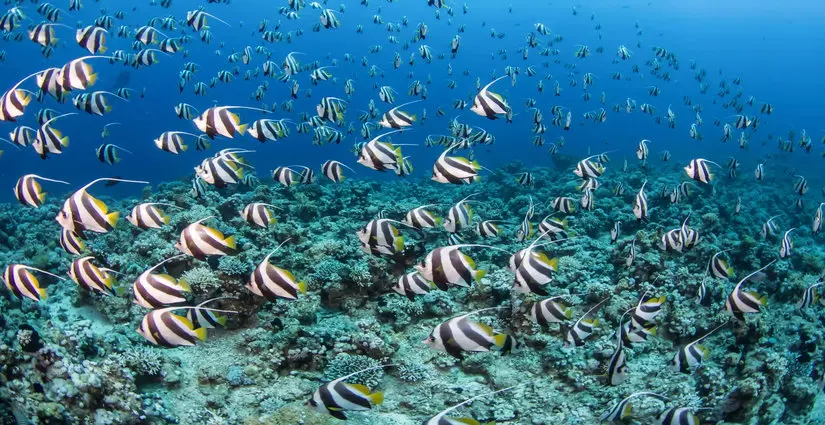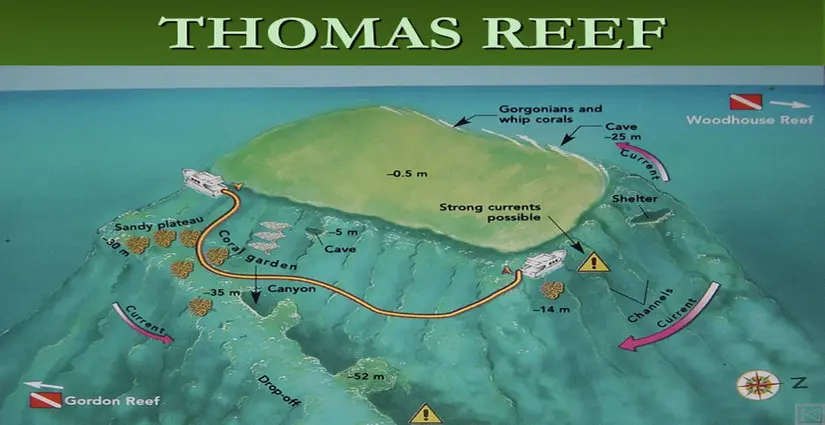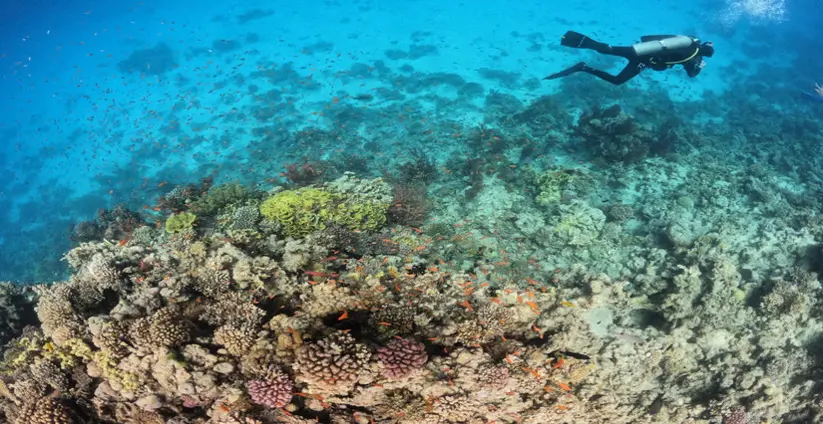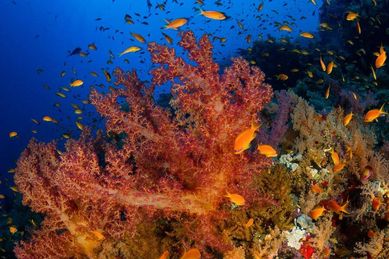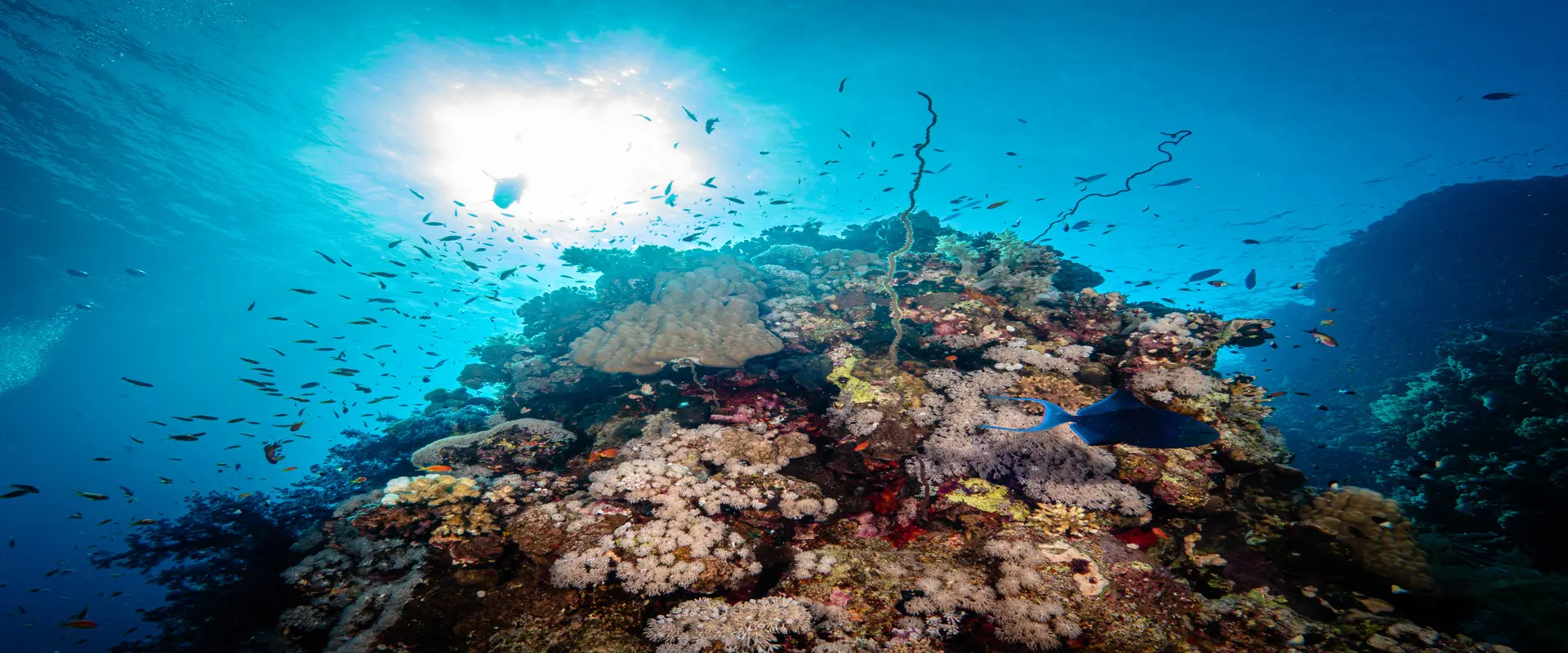
North+Dahab
The North + Dahab route combines legendary wrecks and stunning coral reefs. Divers will explore the famous SS Thistlegorm and the shipwrecks of Abu Nuhas, now thriving artificial reefs. The journey includes Ras Mohammed National Park, known for its dramatic walls and rich marine life. In Dahab, highlights include the Blue Hole, a deep sinkhole with crystal-clear waters, and The Canyon, a mesmerizing underwater crevice. Depending on conditions, dives in the Tiran Straits may also be included. This itinerary offers an exciting mix of history, adventure, and breathtaking underwater landscapes.
Book Your Adventure Now!Upcoming Trip
Can't find suitable date and route? Just message us, we'll find a solution!
-
Dates 14/03/202621/03/2026free Places 20 PlacesDepart from/to HRG/HRGAs low as: €850 person
-
Dates 04/04/202611/04/2026free Places 20 PlacesDepart from/to HRG/HRGAs low as: €850 person
-
Dates 23/05/202630/05/2026free Places 20 PlacesDepart from/to HRG/HRGAs low as: €850 person
SS Thistlegorm
The SS Thistlegorm is not just a shipwreck—it’s a time capsule from World War II, offering divers a unique glimpse into history. Built in 1940 by Joseph Thompson & Sons in Sunderland, England, this British merchant vessel was part of the Albion Line but was requisitioned by the British government for war transport.
In the summer of 1941, the SS Thistlegorm embarked on a top-secret mission to deliver crucial military supplies to the British 8th Army in North Africa. Since the Mediterranean was heavily patrolled by German and Italian forces, the ship took a longer route around Africa, through the Red Sea, towards the Suez Canal.
Onboard, it carried an incredible cargo, including:
Trucks and armored vehicles (Bedford, Ford, Morris, Austin)
BSA, Norton, and Matchless motorcycles
Two large steam locomotives with rail cars
Aircraft parts, weapons, ammunition, and fuel barrels
Medical supplies, clothing, and even rubber boots
As the SS Thistlegorm waited near the Gulf of Suez for clearance to enter the canal, disaster struck. In the early hours of October 6, 1941, German Heinkel He-111 bombers from KG 26 spotted the ship and mistook it for a battleship. Two direct hits struck the ammunition hold, triggering a massive explosion that split the ship in half. It sank within minutes.
Out of 48 crew members, 9 tragically lost their lives, while the rest were rescued by the nearby SS Carlisle.
For decades, the wreck remained forgotten until Jacques Cousteau located it in 1955. He filmed the site but kept the location secret. It wasn't until the 1990s that the SS Thistlegorm became a popular dive site.
Resting at 30 meters deep, the wreck is largely intact, with its bow still upright while the stern is torn apart. Divers can explore:
Perfectly preserved motorcycles, trucks, and weaponry
Scattered ammunition and railway locomotives
Thriving marine life, including Napoleon wrasse, barracudas, moray eels, and large schooling fish
Why Dive the SS Thistlegorm?
One of the most famous WWII wrecks in the world
Incredible artifacts frozen in time
A thrilling combination of history and marine life
An unforgettable dive experience for wreck enthusiasts
Diving the SS Thistlegorm is more than just an underwater adventure—it’s a journey into history.
Shaab El Erg (Dolphin House)
Shaab El Erg is a stunning reef famous for frequent dolphin encounters. Located north of Hurghada, this horseshoe-shaped coral reef offers vibrant coral gardens, sandy plateaus, and diverse marine life. Divers can spot turtles, moray eels, lionfish, and a variety of reef fish. With mild currents and excellent visibility, Shaab El Erg is perfect for both beginners and experienced divers. Normally. that's where we conduct our check-dives on the first day of our Northern itineraries.
Read MoreGiannis D (Abu Nuhas Reef)
Giannis D is one of the most thrilling wreck dives in the Red Sea, located at the famous Abu Nuhas Reef, often called the "Ship Graveyard." This 100-meter-long Greek cargo ship was en route from Croatia to Saudi Arabia carrying timber when it struck the reef in 1983 and sank shortly after, breaking into three sections.
Resting at a depth of 5–28 meters with a dramatic tilt to the port side, Giannis D offers an exciting and slightly surreal diving experience. The wreck remains remarkably well-preserved, allowing divers to explore its spacious cargo holds, swim through the engine room, and get a close look at its massive diesel engine. The bridge is still intact, with windows providing eerie glimpses into the past.
Over time, the wreck has become an artificial reef covered in soft corals and sponges, attracting a variety of marine life. Schools of glassfish shimmer around the structure, while lionfish, stonefish, moray eels, stingrays, and barracudas patrol the wreck. Giant groupers can sometimes be spotted resting in the shadows of the hull. With great visibility, moderate currents, and an accessible depth range, Giannis D is an ideal dive site for both experienced wreck divers and those exploring sunken ships for the first time.
SS Carnatic
The Carnatic is one of the oldest and most intriguing wrecks in the Red Sea. This British steamship, built with a wooden hull, sank in 1869 on Abu Nuhas Reef while carrying a cargo of cotton, copper, gold, and bottles of wine—earning it the nickname “the wine wreck.”
En route from Suez to Bombay, the Carnatic struck the reef at full speed during a night crossing. Despite staying afloat for over 24 hours, the captain chose to wait for help instead of evacuating. Eventually, the ship broke in half and sank, tragically claiming 31 lives.
Today, the wreck rests between 20 and 27 meters and is considered one of the most beautiful shipwrecks in the Red Sea. Its skeletal frame is now covered in vibrant soft corals, and its open structure makes for a safe and visually stunning dive. Inside, divers can swim through clouds of glassfish, while outside, giant moray eels, lionfish, and even turtles are often spotted. With its rich history, breathtaking coral growth, and diverse marine life, the Carnatic is a must-visit dive site at Abu Nuhas.
The Chrisoula K/Marcus
Chrisoula K (Marcus) is one of the four wrecks of Abu Nuhas Reef, a site often referred to as the "Ship Graveyard." This 98-meter-long Greek freighter sank in 1981 after striking the reef while carrying a cargo of ceramic tiles. For years, it was believed to be Chrisoula K, but later research identified it as Marcus. However, among divers, both names are still commonly used.
The wreck rests at a depth of 5–27 meters, with a well-preserved structure that allows for fascinating exploration. Divers can swim through the engine room, cargo holds filled with ceramic tiles, and even visit the bridge. The hull is encrusted with soft corals and sponges, attracting lionfish, stonefish, moray eels, and octopuses. Above the wreck, schools of barracudas and tunas are often seen hunting.
With its accessible depth and excellent visibility, Chrisoula K / Marcus is an ideal wreck dive for both experienced divers and those new to shipwreck exploration.
SS Dunraven
The Dunraven is one of the oldest and most famous shipwrecks in the Red Sea. This British sail-steamship was built in 1873 and used to transport cargo between England and India. The 80-meter-long vessel, with a displacement of around 1,600 tons, featured an iron hull and a hybrid sail-steam propulsion system, typical of ships of that era.
In March 1876, while en route from Bombay to the UK carrying a cargo of cotton and spices, the Dunraven struck Shaab Mahmoud Reef near the southern entrance of the Suez Gulf. The collision severely damaged the hull, causing rapid flooding. Despite the crew’s efforts to save the ship, it eventually capsized and sank to a depth of approximately 30 meters. Fortunately, the sailors were rescued by a passing vessel, but the cargo was lost forever.
The wreck now rests upside down at a depth of 15–30 meters. Despite being underwater for more than 140 years, the ship remains well-preserved and is a fascinating dive site. Its hull is encrusted with corals, penetration is possible.
The dive usually starts at the stern, where the ship’s massive propeller and rudder, now covered in marine growth, can still be seen. Moving forward, divers can enter the ship’s interior through spacious openings, exploring the engine room and seeing the large boilers that once powered the vessel. Light filtering through cracks creates a mesmerizing effect inside the wreck, making for an atmospheric dive.
Over the years, the Dunraven has transformed into a thriving artificial reef, attracting a wide variety of marine life. Inside the wreck, divers often encounter lionfish, moray eels, shrimp, and schools of glassfish that create a magical shimmering effect. Barracudas and trevallies patrol the outer hull, while octopuses and cuttlefish hide in crevices.
On the sandy seabed around the ship, stingrays can often be seen resting, while the wreck itself is home to an array of hard and soft corals. Angel fish, butterfly fish, and scorpionfish are common, and lucky divers may even spot a passing sea turtle gliding through the water.
What Makes Dunraven Special?
This wreck offers a unique combination of features that make it a must-dive site:
Ideal Depth – Lying at 18–30 meters, the Dunraven is accessible to a wide range of divers, including those with limited wreck-diving experience.
Easy Penetration – The structure is well-preserved, with open spaces allowing for safe and effortless exploration.
Historical Significance – As one of the oldest wrecks in the Red Sea, the Dunraven provides a glimpse into 19th-century maritime history.
Rich Marine Life – The wreck is teeming with diverse marine species, making it a fantastic dive for both wreck enthusiasts and underwater photographers.
A dive at the Dunraven promises an unforgettable experience, combining the allure of a historic shipwreck with the beauty of the Red Sea’s vibrant marine ecosystem.
Beacon Rock
Located at the southern tip of Shaab Mahmoud, Beacon Rock offers a mix of stunning coral reefs, diverse marine life, and easy access to the famous Dunraven wreck.
The site features a sloping reef from 5 to 30 meters, covered in colorful corals and home to reef fish, moray eels, barracudas, trevallies, and occasional whitetip reef sharks. Night dives reveal Spanish dancers, lobsters, and hunting lionfish.
With calm conditions, vibrant marine life, and excellent drift diving potential, Beacon Rock is a fantastic site for all levels, day or night.
Ras Mohammed
Located at the southern tip of the Sinai Peninsula, Ras Mohammed National Park is one of the most famous dive sites in the Red Sea. The unique combination of strong currents, sheer walls, and rich marine biodiversity makes this area a true underwater sanctuary.
Key dive sites include:
Shark Reef & Yolanda Reef – the signature dive of the Red Sea. Two reefs connected by a sandy plateau, teeming with marine life such as barracudas, tunas, massive schools of glassfish, and the iconic reef sharks. The Yolanda Reef is home to the scattered remains of the sunken Yolanda ship, including bathtubs, toilets, and other cargo.
Jackfish Alley – a site with sandy canyons and stunning coral formations, where divers can encounter stingrays, sea turtles, and reef sharks.
Ras Za’atar – a reef featuring beautiful coral walls and dense gorgonian forests.
With its varied underwater landscapes and strong currents, Ras Mohammed is ideal for drift dives, encounters with large pelagic species, and exploring breathtaking coral gardens.
Gordon Reef, Tiran
Located at the southernmost part of the Straits of Tiran, Gordon Reef is a vibrant dive site offering a mix of coral gardens, sandy slopes, and an impressive wreck resting on its surface. The site is suitable for all levels of divers, featuring mild currents, excellent visibility, and diverse marine life.
The reef’s shallow areas, ranging from 5 to 20 meters, are covered in hard and soft corals, providing shelter for countless reef fish. The deeper sections, dropping beyond 30 meters, attract larger species, including eagle rays and reef sharks. The moderate currents make it a great spot for relaxed drift dives.
One of Gordon Reef’s most iconic features is the wreck of the Loullia, a Panamanian cargo ship that ran aground in 1981. While the wreck itself is above water, the surrounding reef formations make for an exciting underwater landscape.
Why Dive at Gordon Reef?
Beginner-friendly site with stunning corals
Mild currents, sometimes raising to strong, perfect for drift diving
Wreck of the Loullia adds a historical touch
Chance to see reef sharks and eagle rays
With its beautiful coral gardens and rich marine life, Gordon Reef is an excellent dive site for both novice and experienced divers exploring the Straits of Tiran. We offer night dives at Gordon Reef onboard our yachts, when current allows.
Thomas Reef, Tiran
Thomas Reef is the smallest but most dramatic of the four reefs in the Straits of Tiran, offering breathtaking walls, strong currents, and an incredible array of marine life. This site is ideal for advanced divers due to its depth, vertical drop-offs, and occasional strong currents that make it an exhilarating drift dive.
Dive is usually done by zodiac and typically begins in the shallow area next to the reef wall at 10-15 meters, before following the sheer vertical walls covered in colorful soft corals and gorgonians. On the eastern side, a famous deep canyon starts at around 35 meters, with spectacular overhangs and caves. Due to the depth, this part is only accessible to technical divers, however, as recreational divers we still have an opportunity to admire its beauty from above.
Strong currents bring plankton-rich waters, attracting schools of pelagic fish, barracudas, and even sharks. The southern and western walls provide a more sheltered environment, allowing divers to enjoy the beauty of vibrant coral gardens before returning safely to the zodiac.
Why Dive at Thomas Reef?
One of the most exciting drift dives in Tiran
Spectacular vertical walls with stunning corals
Deep canyon for advanced divers
Chance to encounter sharks and large pelagics
With stunning coral formations, thrilling currents, and an abundance of marine life, Thomas Reef is a must-dive site for those seeking adventure in the Straits of Tiran.
Jackson Reef, Tiran
Located at the northernmost part of the Straits of Tiran, Jackson Reef is one of the most famous dive sites in the northern Red Sea. Known for its stunning coral formations, strong currents, and abundant marine life, it attracts both recreational and advanced divers.
The reef features steep drop-offs, coral-covered plateaus, and an impressive wall plunging to great depths. The northern side is often exposed to strong currents, making it a prime spot for drift diving and pelagic encounters. The southern side offers a more sheltered dive with vibrant coral gardens and sandy patches.
One of the most striking landmarks is the wreck of the Lara, a Cypriot cargo ship that ran aground on the reef in the 1980s. While only remnants of the wreck remain on the surface, it adds historical intrigue to the site.
Jackson Reef is famous for the chance to see hammerhead sharks, especially during morning dives in the summer when they patrol the deep blue on the outer side of the reef. Other marine life includes: barracudas, tuna, and trevallies hunting along the reef’s edge, Napoleon wrasse and giant groupers cruising near the corals, Eagle rays and occasional manta rays gliding through the currents, Colorful anthias, butterflyfish, and bannerfish dancing over the reef, turtles and whitetip reef sharks resting in the sandy areas
Why Dive at Jackson Reef?
Spectacular Coral Formations – Some of the healthiest and most diverse corals in the Red Sea.
Exciting Drift Dives – Strong currents provide thrilling dives for experienced divers.
Varied Topography – From deep walls to shallow coral gardens, suitable for different dive profiles.
Whether you’re looking for breathtaking corals, high-adrenaline drift dives, or encounters with large marine species, Jackson Reef delivers an unforgettable Red Sea diving experience.
The Bluff Point
Read More
Program
The itinerary is approximate and may change due to weather conditions, coast guard restrictions, or other factors. Dive sites may be adjusted or visited in a different order to ensure safety and the best experience for our guests.
Guests are welcome to check in on board starting from 18:00. After settling into your cabin, you can enjoy a relaxing evening — either with dinner on the yacht or by heading out to explore one of the local restaurants in town. This is also the perfect time to assemble and test your diving equipment with the support of our crew. The yacht remains docked in the marina overnight.
In the morning, we welcome any guests who stayed in a hotel overnight and finalize the preparations for departure. After receiving clearance from the Coast Guard, the yacht sets sail. A full safety and dive briefing is conducted before your first check dive. Depending on conditions, we typically begin our route toward Shaab El Erg, allowing for a relaxed check dive before heading further north to Beacon Rock.
We begin the morning with a dive at Ras Mohamed National Park, exploring world-renowned sites such as Shark & Yolanda Reef or Anemone City. After this early dive, the yacht sets course toward Tiran straits, where we complete one dive on the way to Dahab - night spent at Gabr El Bint.
3 dives at Blue Hole and The Canyon before returning to Tiran for night dive.
Early morning dive at Tiran and returning to Ras Mohamed for one more dive before heading to SS Thistlegorm for 3rd and night dive.
Morning dive at Thistlegorm before crossing Gubal strait back to the african side - continuing the journey at Abu Nuhas.
Returning to Shaab El Erg for another chance to dive with dolphins. After the dives, we enjoy lunch onboard and sail back to Hurghada, arriving at the marina around 14:00. Guests may check-out in the afternoon or spend one final night on board, relaxing and packing in comfort.
Check-out deadline is 09:00. Airport and hotel transfers are arranged based on individual guest plans, concluding the safari with a smooth departure.
Marine fauna
These species might be seen on this itinerary:
-
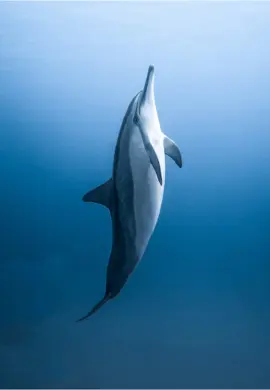 Spinner dolphin
Spinner dolphin
-
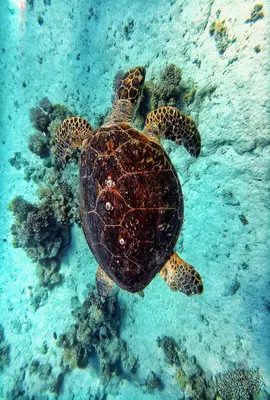 Hawksbill turtle
Hawksbill turtle
-
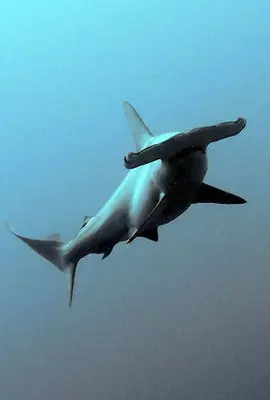 Hammerhead shark
Hammerhead shark
-
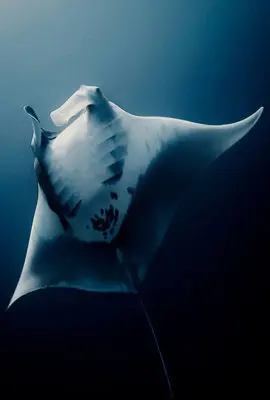 Manta ray
Manta ray
-
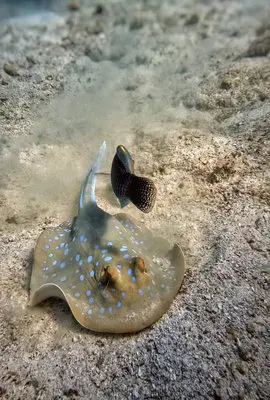 Blue-spotted stingray
Blue-spotted stingray
-
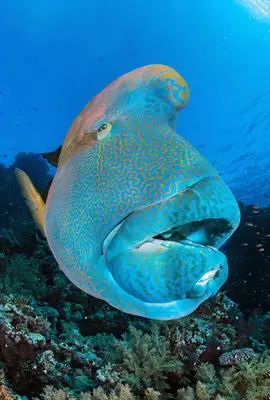 Napoleon fish
Napoleon fish
-
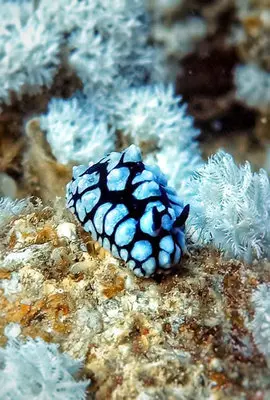 Nudibranches
Nudibranches
-
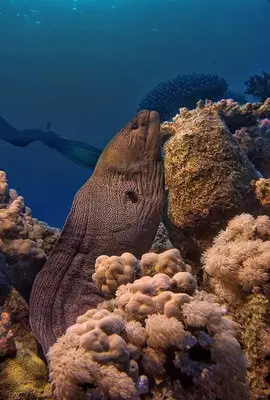 Giant moray
Giant moray
-
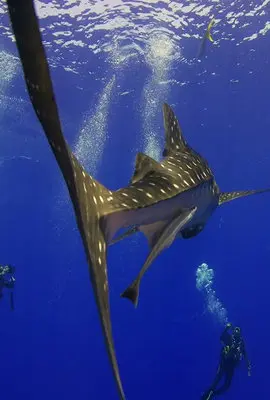 Whale shark
Whale shark
-
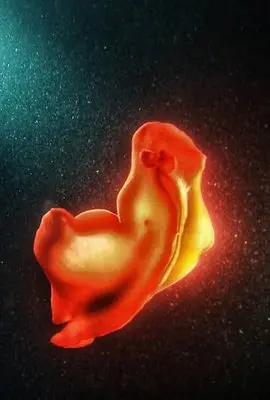 Spanish dancer
Spanish dancer
-
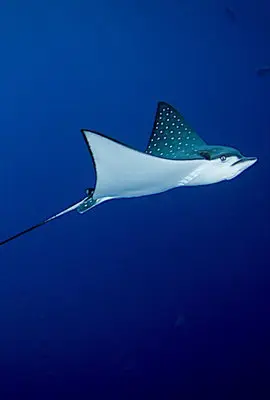 Eagle ray
Eagle ray
-
 Lionfish
Lionfish
-
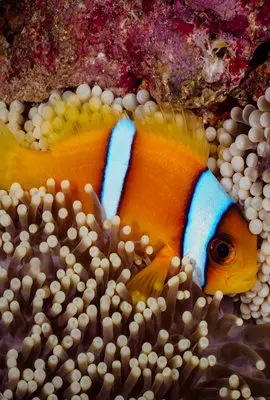 Clownfish
Clownfish
